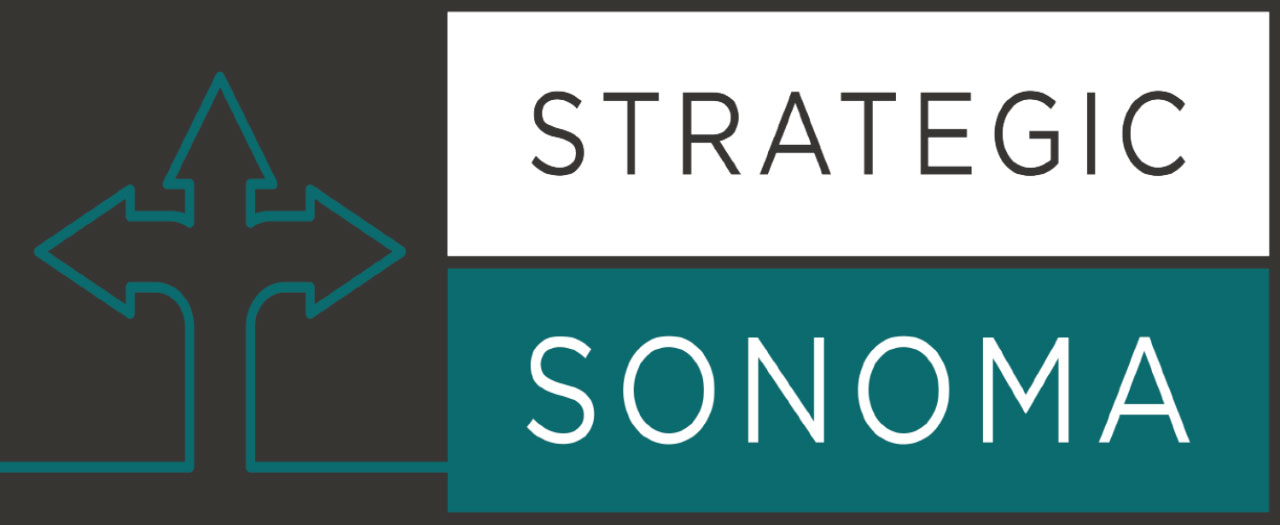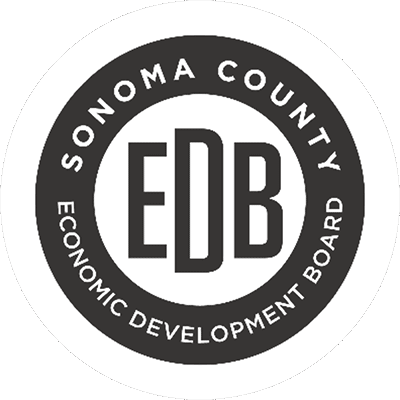Implementation

Overview
Implementing Strategic Sonoma will require a team effort. As the strategic planning process was intentionally inclusive, so should the Strategy’s implementation. It is imperative that economic development in Sonoma County be executed in an highly interactive manner. A holistic perspective of the County’s economic health, such as the one recommended in this Strategy, includes a broad array of organizations with roles to play. In fact, future economic development in Sonoma County should be viewed in a connected context – to achieve economic health requires the natural environment, the community fabric, residents, and local businesses to be vitally healthy. “Economic development” for Sonoma County means taking care of Sonoma County first. The increasing vibrancy of the community will inspire additional investment, energize innovation, and appeal to people who are committed to sustaining a healthy Sonoma County for generations to come.
Today, the most dynamic economic development initiatives are built on a collective impact approach. Collective impact brings together a broad diversity of perspectives to work collaboratively on a shared objective. Strategic Sonoma embraces a collective impact approach. Tactics associated with each of Strategic Sonoma’s six goals are organized as discrete projects that lend themselves to assembling groups of community stakeholders to accomplish a single objective within a predetermined timeframe. Once the project objective is complete, project teams can disband and members can join other project teams. Through a series of projects supporting each Strategic Sonoma goal, the community will move toward accomplishing its overall vision.
A collective impact project approach also has the flexibility for new projects to form over time that are not specified in this Strategy. As advances are made and new circumstances arise, groups of stakeholders may be inspired to create projects that are not stated in this Strategy but clearly reinforce its goals and vision. These can be encouraged as long as they (1) can directly relate their activity to a goal of Strategic Sonoma and (2) meet the criteria for a collective impact model (see next page for those criteria).
Effectively embracing this approach requires strong accountability and ongoing, transparent communication. The EDB should not only provide administrative and organizational support to the project teams, but it should also track and report performance metrics on an ongoing basis. Frequent communication to the community at large and an annual Strategic Sonoma Scorecard is recommended. More details on the concept and examples are provided in the following pages.
Collective Action Essentials
 The shared vision is the foundation of Strategic Sonoma: Sonoma County is a resilient, inclusive, and economically diverse community.
The shared vision is the foundation of Strategic Sonoma: Sonoma County is a resilient, inclusive, and economically diverse community.
The defined objective is a project concept that is described in this Strategy. There are multiple project concepts provided for each goal of Strategic Sonoma. Or, over time, new project concepts with discrete defined objectives may emerge.
Project teams should be formed for each defined objective / project that are inclusive of the array of organizations with strong interest in the objective being accomplished.
As teams form, their first responsibility will be to create a coordinated project plan, including milestones and task assignments. Project plans should be realistically accomplished in 12-18 months. Assign project team chairs to lead the task of setting plans.
Metrics are measurable outcomes of activities that advance Sonoma County toward its goals and vision. This Strategy includes metrics for each of the six goals. It is recommended that the accountability organization not only track these metrics, but also report them to the entire community through ongoing public relations and an annual Strategic Sonoma Scorecard.
The essential foundation of success will be an organization that is given the stature and resources needed to support and monitor Strategic Sonoma’s implementation. The nature of this accountability organization for Sonoma County is recommended in the following pages.

 Translate
Translate